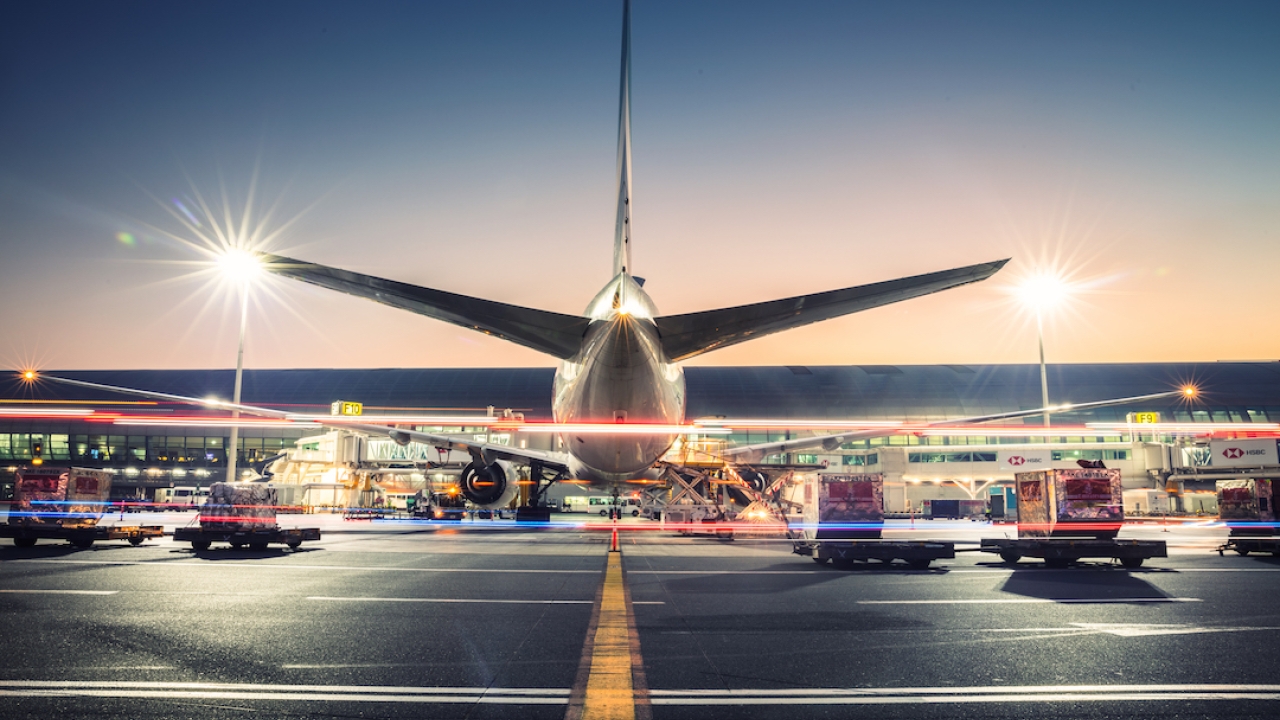Dubai's smooth operators
How Dubai Airports’ AOCC is the nerve centre that ensures the safe and efficient flow of passengers and planes at Dubai International and Dubai World Central. Gigi King reports.

PICTURE: Dubai Airports
Those who were at Dubai Air Show last year will recall the deluge that marked the final day of the show and caused chaos across the city. Torrential rain flooded roads leaving cars abandoned en-route to the airport.
Flight operations at Dubai International (DXB) were disrupted while the downpour threatened to wreak havoc for the final day of the show at Dubai World Central (DWC). Working through the night and coordinating with Dubai’s Road Transport Authority (RTA) to ensure operations could continue as smoothly as possible and passengers could access both airports was Dubai Airports’ Airport Operations Control Centre (AOCC).
“It was a challenging 24 hours for the whole team,” recounted Kan Ni vice president, AOCC at Dubai Airports. “While air show delegates were celebrating at the gala dinner, the majority of our operations staff were clearing drains, pumping excess water and reconstructing stands to salvage the air show’s final day and keep commercial operations running as smoothly as possible at DXB.”
It's not just inclement weather that the AOCC monitors and develops contingency plans for. Ni heads an expansive team responsible for orchestrating the seamless flow of more than 250,000 daily passengers, as well as aircraft and baggage through DXB.
Describing the control centre as the “conductor of the orchestra”, Ni emphasised the collaborative nature of his team’s work with various stakeholders across the airport ecosystem.
Located at DXB and operating round the clock, 365 days a year, Dubai Airports’ AOCC, is arguably one of the biggest and most sophisticated facilities of its kind.
A massive video wall monitors aircraft and passenger movements, while the control room accommodates staff representing different stakeholders, including ground and baggage handling partner Dnata, which takes up one side of the building, as well as Dubai Police, Dubai customs and immigration, RTA, ambulance and firefighting services.
According to Ni, there are never less than 70 people working in the AOCC. The team also has a hotline to air traffic control and the airlines’ network control centre. “This collaborative approach enables a swift response to emerging situations, with resources deployed promptly as needed,” he said.
Efficient communication and visibility of all operations is paramount, particularly given DXB’s staggering passenger traffic, which is expected to exceed 88 million this year. Recognising this, Dubai Airports introduced its revised passenger flow model at DXB in 2023.

The real-time data analytics system is tailored to the airport’s operational needs. Ni explained that the in-house tool, which was originally trialled in 2019, is used in conjunction with Xovis, a situational awareness tool leveraging a network of sensors to monitor passenger movements, queues, airfield activity and flight data information in real time.
In addition, it can forecast passenger flow based on the throughput rate and build-up of passengers at high touch points.
With Dubai Airports’ continued roll out of biometric technology and its plans to ultimately transition all operations over from DXB to DWC within the next decade, effective data collection, analysis and integration as well as predictive technology has an increasingly critical role to play in ensuring smooth operations.
Although Dubai Airports has yet to confirm the planned date for the full transfer of operations, CEO Paul Griffiths has previously referenced 2032 as the earliest probable date for a move from the current airport.
“From the AOCC’s standpoint, the objective is to make sure we have the same visibility and oversight of operations at DWC as we do at DXB. It’s about ensuring the right people have access to the right data so they can respond appropriately,” Ni said. “However, as we already have existing operations at DWC, we’re not starting from scratch. The ball is already rolling.”
It’s now about amplifying those efforts, while operations are ongoing. “That challenge of working in a live environment where nothing ever goes completely to plan and managing the constant ebb and flow of passengers, aircraft and baggage is what keeps us on our toes,” he concluded.
Stay up to date
Subscribe to the free Times Aerospace newsletter and receive the latest content every week. We'll never share your email address.
